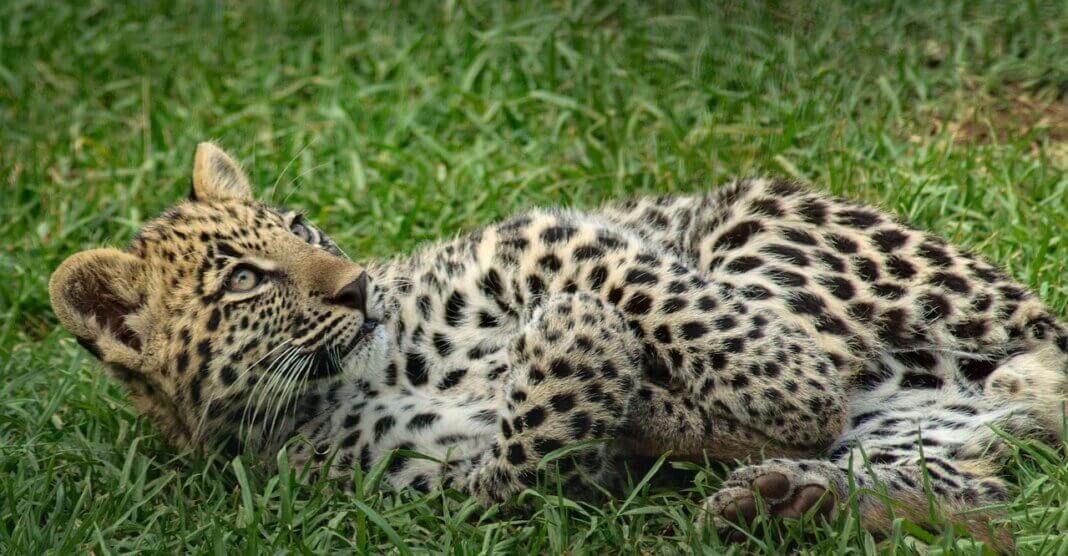7 Wildlife Preservation Efforts to Know About
Protecting the planet’s wildlife is more important than ever. As habitats shrink and species face increasing threats, global and local conservation efforts are crucial to preserve biodiversity. Here are some key initiatives making a difference in wildlife preservation today.
The Snow Leopard Trust
Snow leopards are notoriously elusive, with fewer than 7,000 left in the wild. The Snow Leopard Trust works in Mongolia, India, Pakistan, China, and Kyrgyzstan to protect their habitats. By collaborating with local herders, the trust promotes conservation-friendly livestock practices and creates alternative income sources, reducing human-wildlife conflict. Their camera trap studies provide vital data on snow leopard populations.
With climate change threatening snow leopards’ mountainous habitats, conservation efforts now focus on adapting to environmental changes. Preserving these landscapes ensures survival for the leopards and the communities that rely on them.
The Coral Triangle Initiative
The Coral Triangle is home to more than three-quarters of coral species globally. This region spans Malaysia, the Philippines, Papua New Guinea, Timor-Leste, and the Solomon Islands and is a global biodiversity hot spot. The initiative works to protect these reefs from overfishing and climate change through marine protected areas, sustainable fishing policies, and community-led conservation efforts.
Since coral reefs support millions of people through fishing and tourism, protecting them is an environmental and economic necessity. This initiative has helped establish marine sanctuaries, restore damaged reefs, and promote sustainable seafood practices.
The Wetlands Institute
Horseshoe crabs have existed for over 450 million years and are vital to ecosystems and human medicine. Delaware Bay is home to the world’s largest population of these ancient arthropods, but their numbers have declined due to overharvesting and habitat loss.
The Wetlands Institute has been working since 1991 to monitor and protect horseshoe crabs through scientific censuses and conservation efforts. To help restore populations, they collect and hatch horseshoe crab eggs under controlled conditions before releasing them back into their natural habitats. This aquaculture-based approach dramatically increases survival rates, giving the species a better chance of recovery. Protecting these crabs ensures the survival of countless other species.
Yellowstone Wolf Project
Wolves were eradicated from Yellowstone National Park in the early 20th century, leading to ecological imbalances. In 1995, the Yellowstone Wolf Project reintroduced 14 gray wolves, restoring predator-prey relationships. This initiative helped control overpopulated elk herds, allowing vegetation and other species to recover.
The Black Rhino Range Expansion Project
South Africa is a popular safari destination with plenty of wildlife to see. Rhinos are one of the key attractions, as they’re an iconic part of the Big Five. However, poaching poses a serious threat to their population. Fortunately, conservationists are working to turn things around. The Black Rhino Range Expansion Project, led by WWF South Africa, relocates rhinos from overcrowded reserves to new, safer habitats.
Since its launch in 2003, the project has moved over 230 black rhinos, increasing genetic diversity and strengthening the species’ survival chances. By moving rhinos to larger protected areas, this project reduces competition for resources and improves their long-term survival prospects. Community involvement is also key, as local landowners are incentivized to maintain safe habitats for these critically endangered animals.
The Jaguar Corridor Initiative
Jaguars once roamed from Argentina to the southwestern U.S., but habitat fragmentation has isolated populations. The Jaguar Corridor Initiative, led by Panthera, connects jaguar habitats across 11 countries, allowing them to migrate and breed safely. This project also works with local farmers to prevent human-wildlife conflicts, ensuring jaguars and people can coexist.
The Great Green Wall
Desertification threatens wildlife and communities in Africa’s Sahel region. The Great Green Wall project aims to restore 100 million hectares of degraded land by planting trees and native vegetation across 8,000 kilometers from Senegal to Djibouti. This effort combats climate change and provides habitats for endangered species like the African wild dog and Sahelian cheetah.
Beyond helping wildlife, the project creates jobs and strengthens food security for millions of people. By restoring degraded land, it allows local communities to thrive while maintaining biodiversity.
Protecting Wildlife
These projects are at the forefront of wildlife preservation and are critical in protecting endangered species and ecosystems worldwide. Staying informed about these initiatives can help amplify their impact on contributing to the ongoing fight for a healthier planet.
